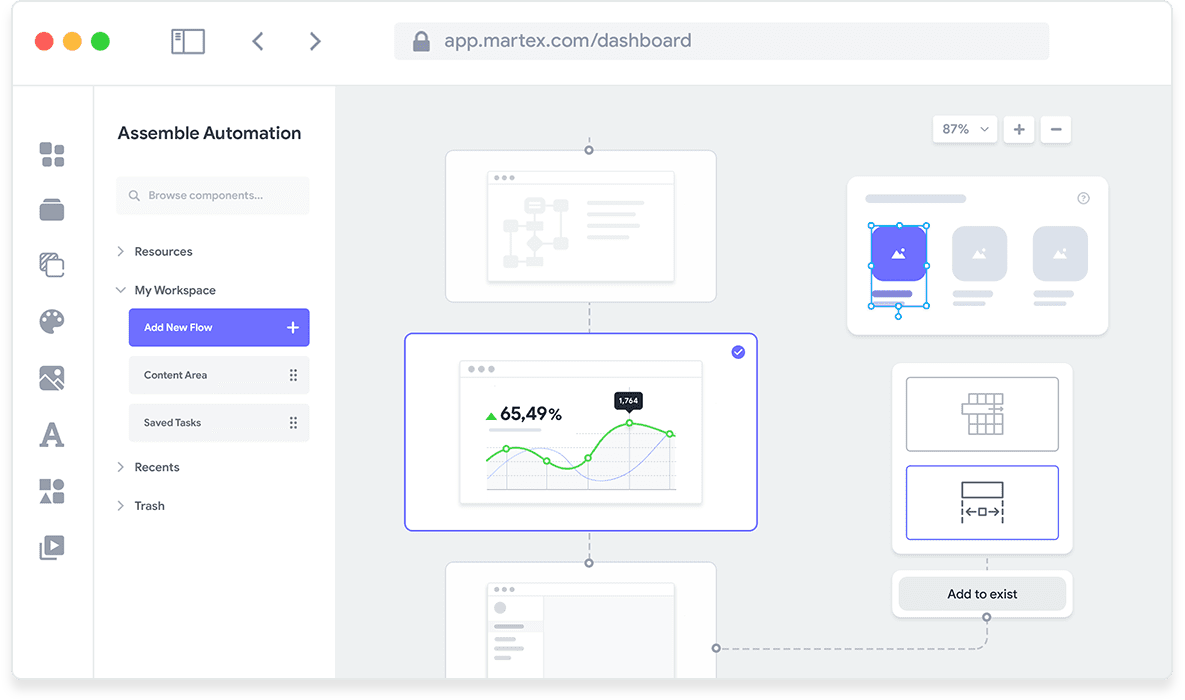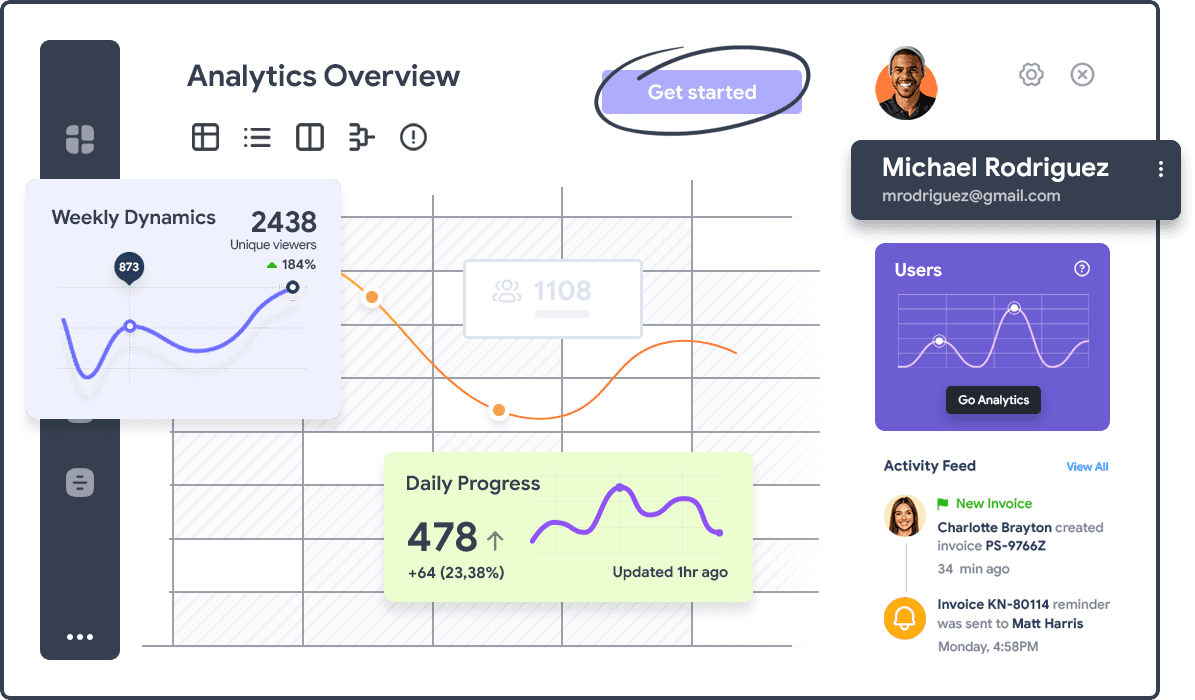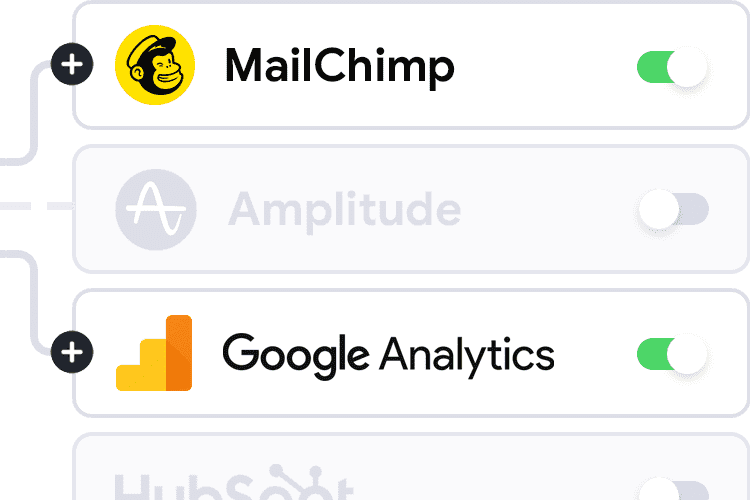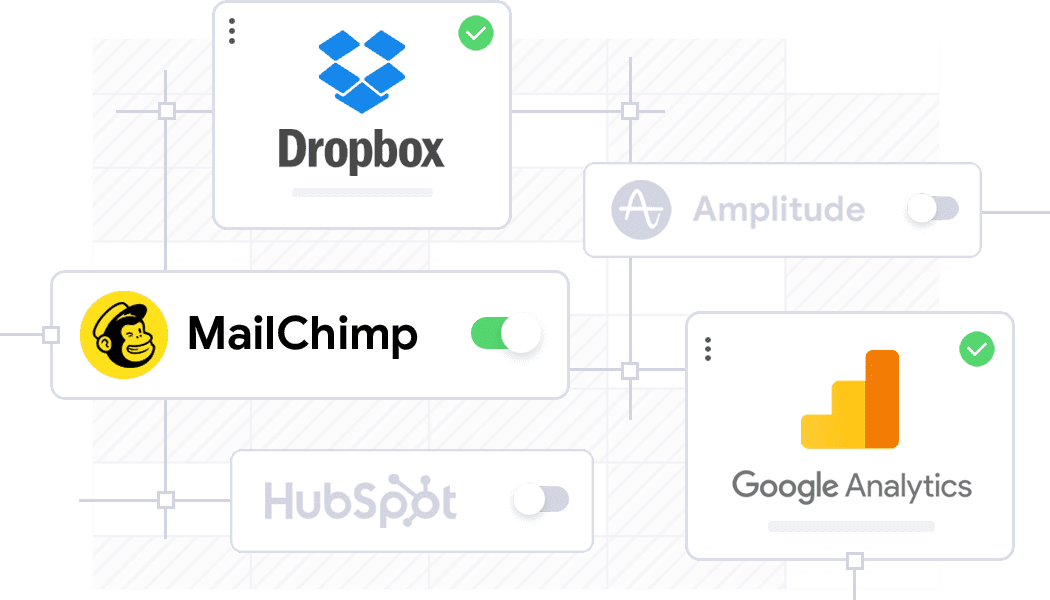Educational Platforms Content Moderation
Create safe, inclusive learning environments with advanced AI content moderation designed for educational settings. Protect students from cyberbullying, inappropriate content, and privacy violations while maintaining academic integrity and supporting educational excellence across all learning platforms.

Educational Content Moderation Challenges
Educational platforms face unique content moderation challenges that require balancing student safety with academic freedom, privacy protection with collaborative learning, and age-appropriate content filtering with educational excellence. The diverse age groups, varying maturity levels, and educational contexts create complex moderation requirements.
Modern educational technology encompasses learning management systems, virtual classrooms, student discussion forums, collaborative projects, video conferences, and peer-to-peer communications. Each environment requires specialized moderation approaches that understand educational context while maintaining safe learning spaces for students of all ages.

Critical Educational Moderation Issues
Student Safety & Cyberbullying
Educational environments can become venues for cyberbullying, harassment, and social exclusion that significantly impacts student mental health, academic performance, and willingness to participate in learning activities. Traditional content filtering often misses subtle forms of educational bullying.
Age-appropriate detection requires understanding developmental differences in communication patterns, social dynamics, and the distinction between academic debate and harmful harassment in educational discussions and peer interactions.
Academic Integrity Protection
Modern academic dishonesty includes sophisticated cheating schemes, AI-generated assignments, collaborative cheating networks, and plagiarism techniques that traditional detection systems cannot identify effectively, undermining educational standards and fair assessment.
Assignment sharing, test question leaks, and coordinated academic misconduct across multiple students require advanced pattern recognition that understands academic context and identifies suspicious collaboration patterns versus legitimate group work.

Privacy & FERPA Compliance
Educational platforms must protect student privacy while enabling effective content moderation, balancing FERPA requirements with safety needs, and ensuring that moderation activities don't inadvertently expose sensitive educational information or student data.
Cross-platform educational tools, third-party integrations, and parent/guardian access requirements create complex privacy scenarios that require sophisticated understanding of educational privacy laws and student protection requirements.
Age-Appropriate Content Filtering
Educational content spans diverse age groups from elementary through graduate levels, requiring dynamic content filtering that adapts to student age, educational level, and learning context while preserving legitimate educational materials and academic discussions.
Education-Focused Moderation Solutions

Student-Centric Safety Systems
Advanced AI systems specifically trained on educational communication patterns detect cyberbullying, harassment, and inappropriate content while understanding the context of academic discussions, peer collaboration, and age-appropriate educational exchanges.
Multi-tiered protection adapts to different educational levels, from elementary school basic safety to higher education academic freedom, ensuring appropriate moderation standards while supporting authentic educational discourse and peer learning opportunities.
Academic Integrity Monitoring
Sophisticated plagiarism detection combines traditional text matching with advanced AI analysis to identify paraphrasing, AI-generated content, and collaborative cheating while distinguishing between legitimate collaboration and academic misconduct in group projects and discussions.
Behavioral pattern analysis tracks suspicious academic activities including unusual submission patterns, coordinated answers, and networking between students that might indicate organized cheating schemes or academic integrity violations.
Privacy-Compliant Moderation

FERPA-compliant content moderation ensures student privacy protection while maintaining safety standards, implementing data minimization principles, and providing transparent moderation processes that respect educational privacy rights and parental involvement requirements.
Automated privacy protection includes personal information detection, consent management for different age groups, and secure moderation workflows that protect student data while enabling effective safety and academic integrity enforcement.
Educational Platform-Specific Features
Classroom Environment Protection
Virtual classroom moderation includes real-time monitoring of video conferences, chat discussions, breakout rooms, and collaborative activities to prevent disruption, inappropriate behavior, and ensure productive learning environments for all students.
Teacher empowerment tools provide educators with appropriate moderation controls, student behavior insights, and intervention recommendations that support classroom management without overwhelming teaching responsibilities or compromising student privacy.
Developmental Appropriateness
Age-adaptive content filtering adjusts moderation criteria based on student developmental stages, educational level, and learning objectives, ensuring content appropriateness while supporting academic growth and age-appropriate exposure to diverse perspectives and ideas.
Progressive content exposure systems gradually introduce students to more complex topics and mature content as appropriate for their educational level while maintaining safety standards and supporting intellectual development and critical thinking skills.

Collaborative Learning Support
Intelligent moderation distinguishes between legitimate collaborative learning and academic misconduct, supporting group projects, peer review, and collaborative research while maintaining academic integrity and preventing coordinated cheating schemes.
Cross-cultural educational support accommodates diverse learning styles, communication patterns, and cultural expressions in international educational environments while maintaining consistent safety and academic standards across all student populations.
Crisis Intervention Capabilities
Advanced threat assessment identifies students in crisis, self-harm indicators, and dangerous situations requiring immediate intervention, automatically alerting appropriate school personnel, counselors, and emergency services when serious threats are detected.
Educational Platform Success Stories

K-12 Learning Management System - 50M+ Students
A major K-12 educational platform implemented our student-focused content moderation to address increasing cyberbullying and inappropriate content in virtual classrooms. The system processes over 100 million student interactions daily across 40+ languages and cultural contexts.
Results included 92% reduction in reported cyberbullying incidents, 87% improvement in inappropriate content detection, 94% teacher satisfaction with moderation tools, and 89% improvement in student feeling of safety in online learning environments.
Higher Education Platform
A university system integrated our academic integrity monitoring to combat increasing AI-assisted cheating and sophisticated plagiarism. The solution analyzes assignments, discussion posts, and collaborative projects to identify academic misconduct while preserving legitimate collaboration.
Implementation achieved 96% accuracy in detecting AI-generated assignments, 89% reduction in academic integrity violations, 78% improvement in faculty confidence in assessment validity, and maintained 95% student satisfaction with fair assessment practices.
Online Learning Marketplace
A global online education marketplace deployed our comprehensive moderation solution to maintain quality standards across courses, protect student privacy, and ensure age-appropriate content delivery across diverse educational offerings.
The platform achieved 94% improvement in content quality ratings, 91% reduction in inappropriate content complaints, 87% increase in parent satisfaction with child safety measures, and 96% compliance with international educational privacy regulations.
Educational Compliance & Standards

FERPA & Privacy Protection
Comprehensive FERPA compliance ensures student educational records and personal information remain protected during content moderation activities, with automated privacy controls, consent management, and audit trails that meet federal educational privacy requirements.
International privacy compliance includes GDPR Article 8 (child protection), COPPA requirements, and regional educational privacy laws, ensuring global educational platforms meet diverse regulatory requirements while maintaining effective content moderation capabilities.
Child Protection Standards
Enhanced child protection features include predatory behavior detection, inappropriate adult-child interactions monitoring, and mandatory reporting capabilities that comply with child protection laws while supporting safe educational environments.
Age verification systems, parental consent management, and guardian notification features ensure appropriate oversight and protection for minor students while supporting educational independence and age-appropriate learning experiences.
Academic Freedom Balance
Sophisticated policy engines balance safety requirements with academic freedom, ensuring that educational discussions, controversial topics, and diverse perspectives remain accessible while protecting students from harmful content and maintaining inclusive learning environments.
Context-aware moderation understands educational intent, distinguishing between legitimate educational content and inappropriate material, supporting academic inquiry while maintaining age-appropriate boundaries and safety standards.
Educational Platform Integration
Our educational content moderation API is specifically designed for learning environments, supporting integration with learning management systems, virtual classroom platforms, and educational technology tools while maintaining FERPA compliance and student privacy protection.
LMS Integration Capabilities
Native integration with major learning management systems including Canvas, Blackboard, Moodle, Google Classroom, and Microsoft Teams for Education provides seamless deployment with existing educational workflows and student information systems.
Real-time moderation APIs support live classroom interactions, discussion forums, assignment submissions, and peer communications while maintaining educational context awareness and age-appropriate content filtering throughout all learning activities.
Educational Context Awareness
Advanced AI models trained specifically on educational content understand academic language, subject-specific terminology, and pedagogical contexts, ensuring accurate moderation decisions that support educational objectives while maintaining safety standards.
Customizable moderation policies adapt to different educational institutions, grade levels, and subject areas while maintaining consistent safety standards and supporting diverse educational approaches and institutional policies.
